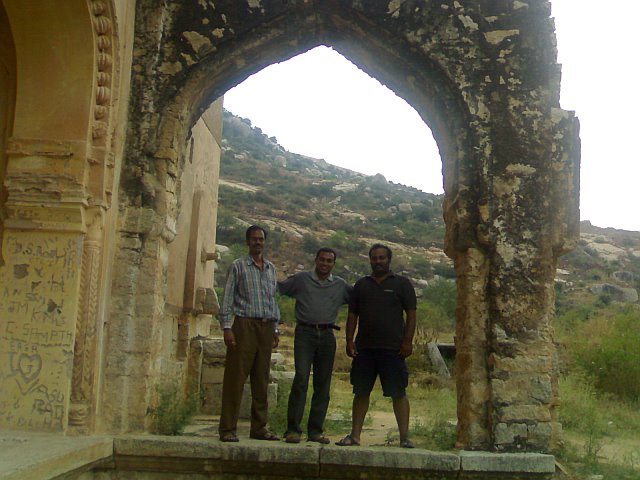METLOTSAVAM ON NOVEMBER 7 - నవంబరు 7న అలిపిరిలో మెట్లోత్సవం
Tirupati, 6 Nov. 19: As a part of Traismasika Metlotsavam by Dasa Sahitya Project of TTD, Metlotsavam will be observed at Alipiri on November 7.
Bhajana mandalis will trek the Alipiri foot path singing Dasa Bhajans after performing Puja at Padala Mandapam.
Project Special Officer Sri PR Ananda Theerthacharyulu is supervising the arrangements.
ISSUED BY TTDs PUBLIC RELATIONS OFFICER, TIRUPATI
Image Source : TTD News
నవంబరు 7న అలిపిరిలో మెట్లోత్సవం
తిరుపతి, 2019, నవంబరు 06: టిటిడి దాససాహిత్య ప్రాజెక్టు ఆధ్వర్యంలో నవంబరు 7న గురువారం ఉదయం 4.30 గంటలకు అలిపిరి పాదాల మండపం వద్ద మెట్లోత్సవం జరుగనుంది. తిరుపతిలోని శ్రీగోవిందరాజస్వామి 3వ సత్రం ప్రాంగణంలో రెండు రోజులుగా శ్రీవారి త్రైమాసిక మెట్లోత్సవ కార్యక్రమాలు జరుగుతున్నాయి.
ఇందులో భాగంగా బుధవారం ఉదయం 5 నుండి 7 గంటల వరకు భజన మండళ్లతో సుప్రభాతం, ధ్యానం, సామూహిక భజన కార్యక్రమాలు నిర్వహించారు. ఉదయం 8.30 నుండి మధ్యాహ్నం 12 గంటల వరకు భజన మండలి సభ్యులకు కొత్త సంకీర్తనలు నేర్పడం, ధార్మిక సందేశం, మానవాళికి హరిదాసుల ఉపదేశాలు అందించారు. సాయంత్రం ధార్మిక సందేశం, సంగీత విభావరి నిర్వహించారు.
ఈ కార్యక్రమంలో దాససాహిత్య ప్రాజెక్టు ప్రత్యేకాధికారి శ్రీ పి.ఆర్.ఆనంద తీర్థాచార్యులు, భజన మండళ్ల సభ్యులు పాల్గొన్నారు.
తి.తి.దే., ప్రజాసంబంధాల అధికారిచే విడుదల చేయబడినది.
Source : http://news.tirumala.org/






























